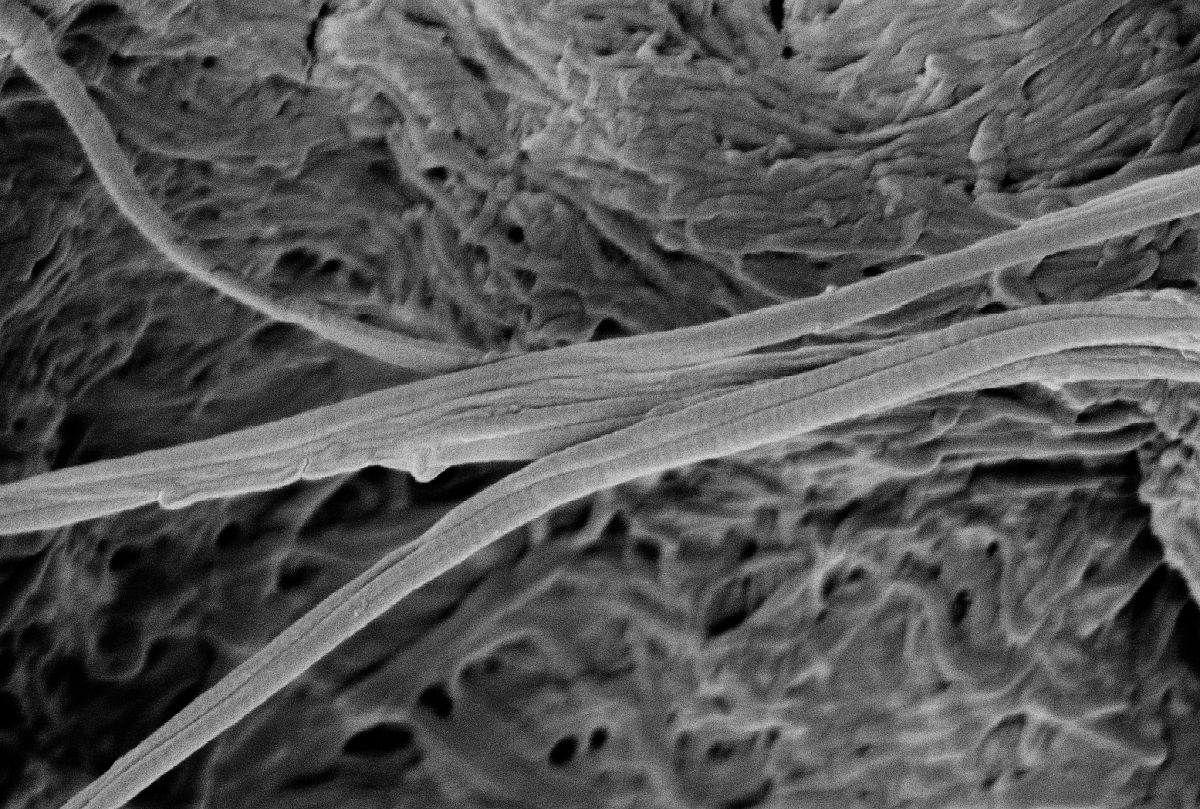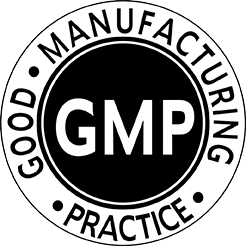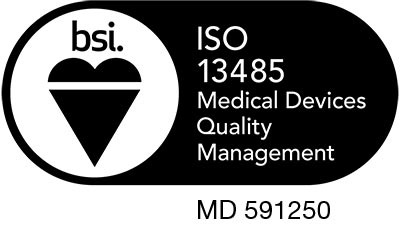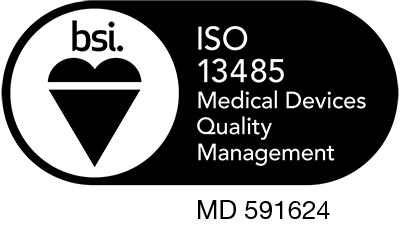Collagen Membranes
Collagen Membranes are most commonly used for periodontal reconstruction, through processes called Guided Tissue Regeneration (GTR) and Guided Bone Regeneration (GBR). In these processes, the collagen membrane is placed in between the soft tissue and the residual bone. Once the membrane is placed, it works to isolate the soft tissue and preclude the faster growing cells of the gingival epithelium from migrating into the wound, thus preventing the bone from being able to grow.
Prior to the use of collagen membranes, non-absorbable membranes were used that required a second procedure for removal. With collagen, however, the membrane is recognized by the tissue and through controlled degradation, it becomes absorbed by the native tissue, eliminating the need for the second procedure.
Collagen Sponges
Collagen sponges have various uses, with common ones being wound dressings and as a matrix for bone and cartilage and as a matrix for supporting the repair of bone and cartilage.
For wounds, collagen sponges are wetted and then placed to cover the wound. Their wet strength may enable the suturing to the soft tissue, allowing the new tissue to grow. The collagen sponges have a very high efficacy for healing.
Collagen sponges can be used as matrices as well for bone and cartilage regeneration as they can be prepared with specific three-dimensional designs that resemble the actual extracellular matrix (ECM) or a particular tissue. With the use of collagen sponges, it has shown to improve stiffness and maintain shape and stability, while providing adequate porosity for the cells to migrate.
Collagen Films and Sheets
Collagen films and sheets are most commonly used as barrier membranes (similar to the ones described under collagen membranes), but have additional uses for treating infections of tissues, such as a corneal infection or liver cancer through the releasing of drugs. In corneal infections, for example, an antibiotic can be loaded into the film and be released over a desired length of time.
Collagen Shields
Collagen shields are most typically used for lubrication and will become gel-like and eventually liquid as they dissolve. The liquifying of the collagen has proven to be very helpful in those that do not produce a sufficient amount of tears and had been required to use eye drops to keep their eyes lubricated. With the use of a collagen shield as a lubricant, the need for eyedrops reduced significantly.
Collagen shields have an additional use for promoting wound healing for the cornea. They are designed as dissolvable protein matrix that can deliver ocular medications as well. They are much simpler to use than intensive topical therapy and reduce risk of hemorrhaging and perforation that can occur with subconjunctival injections.
Soluble Collagen
Soluble collagen can be used as a coating for products such as sponges, sheets and membranes. In this form, the collagen assists the medium to become bioabsorbable, promoting vascularization or as a sealant.
Soluble collagen also has the ability to be turned into a gel for 3D cell culture. In its 3D form, the collagen is able to mimic the physiological environment and can be conformed to fit to the application.
Fibrillar Collagen
Fibrillar collagen comes in a syringe for easier dispensing as the collagen can be thick. It most commonly is used as a drug delivery tool in which molecules are able to be delivered into the body with collagen as the carrier. Fibrillar collagen can be diluted as well, which allows the collagen to be used as a spray. Cells and media can be added to this spray for delivery and cross linkers can be added.
Another use for fibrillar collagen is as a wound scaffold. It is manufactured to preserve its fibrillar architecture, making it a consistent, homogeneous formulation. It has superior flow properties, which allows it to work with no occlusion through small needles, allowing it to be conformable to wound sites and can be easily diluted or mixed with other agents.





